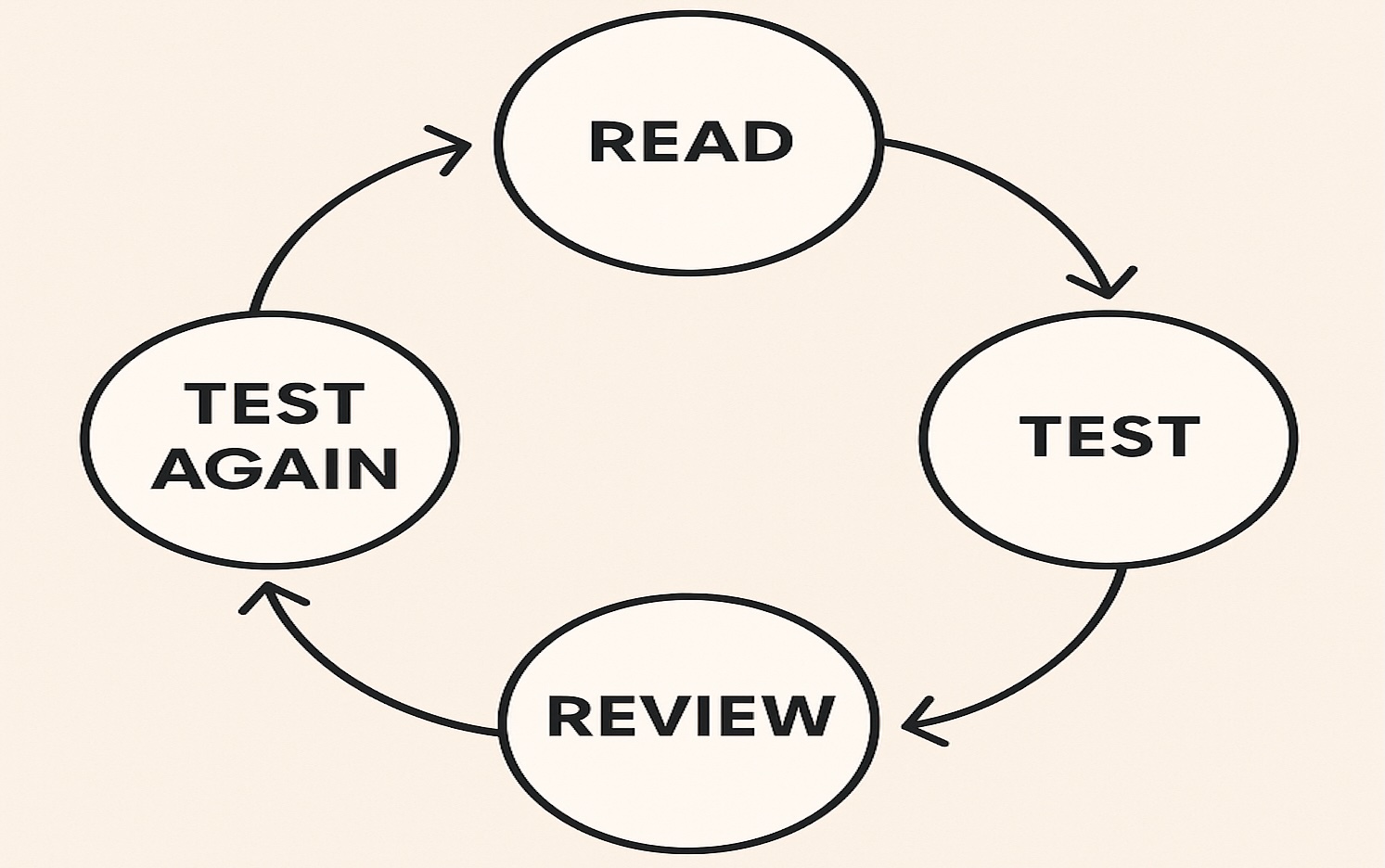
by BrainStream CEO Steve Alcorn
In an article in The Conversation, Brian W. Stone, Associate Professor of Cognitive Psychology at Boise State University reminds us that rigor, effort, and struggle are essential to real learning. As Brian Stone argues, when AI tools allow students to offload thinking—to skip the hard work—skills may atrophy, and students can become misled about what they actually know.
BrainStream, by contrast, builds learning around a specific text, harnessing metrics and quizzes that force engagement with the material. Because learners must repeatedly revisit, measure, quiz, and reflect on the same text, they are pushed into System 2 processes: slow, effortful, deliberate thinking that strengthens memory, builds schema, and improves transfer. This avoids the “robot lifting your weights for you” problem: you can’t master something without doing the lifting.
Moreover, the metrics in BrainStream serve as signals of where understanding is weak—not just comfort. Quizzes reveal mis‐understandings, requiring correction. This mitigates metacognitive laziness and overconfidence that arise when students believe they know more than they do. BrainStream’s cycle (read → test → review → test again) ensures that learning isn’t superficial, and it promotes retention and critical thinking by design. In this way, BrainStream operationalizes the “desirable difficulty” that cognitive science recommends.

